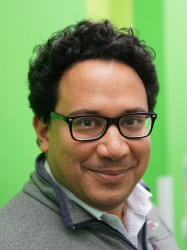BibTex format
@inbook{Harston:2022:10.1007/978-1-0716-2391-6_4,
author = {Harston, JA and Faisal, AA},
booktitle = {Neuromethods},
doi = {10.1007/978-1-0716-2391-6_4},
pages = {49--68},
title = {Methods and Models of Eye-Tracking in Natural Environments},
url = {http://dx.doi.org/10.1007/978-1-0716-2391-6_4},
year = {2022}
}

